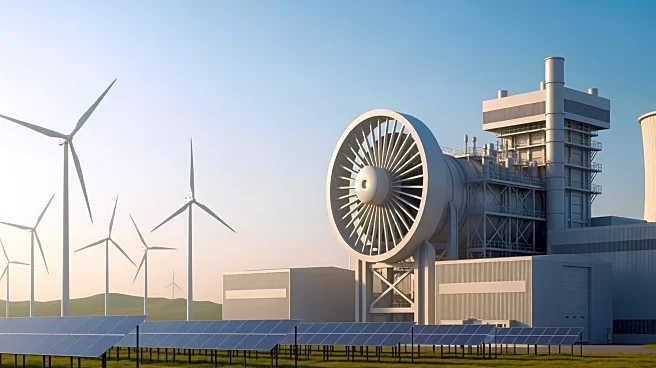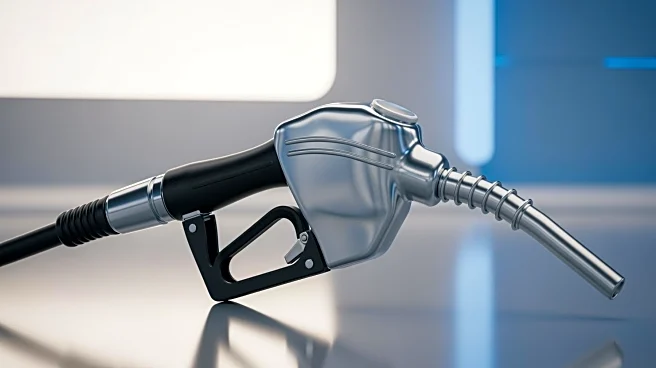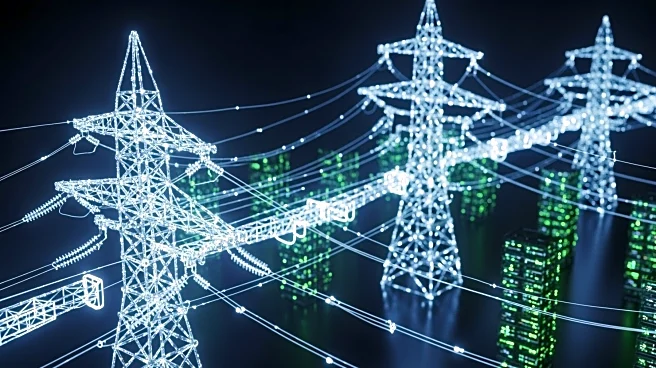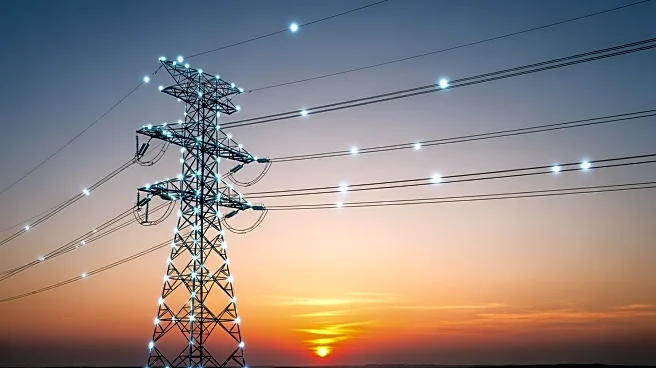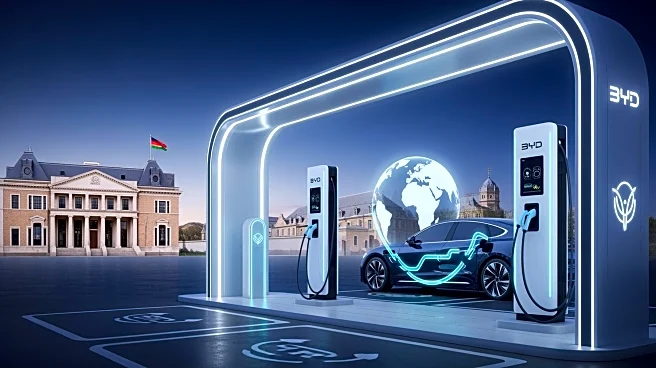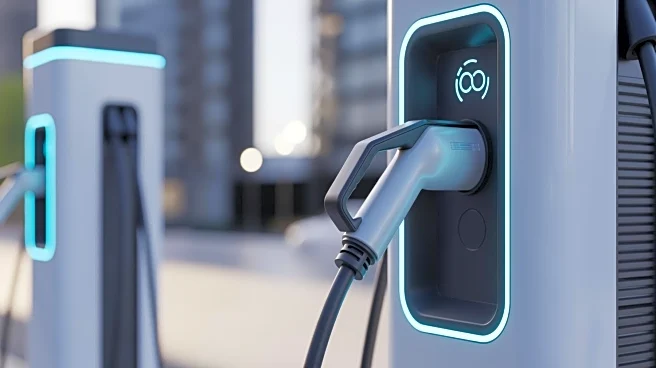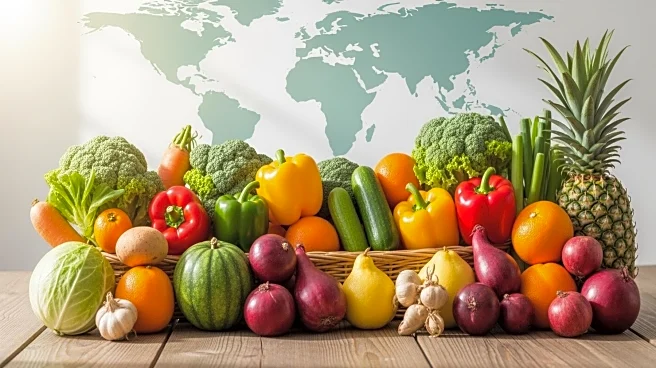What's Happening?
South Africa's Cabinet-approved Integrated Resource Plan (IRP 2025) has introduced several policy adjustments, including raising the minimum load factor to 50% for initial gas-to-power plants. This decision
is part of a broader strategy to accommodate nuclear and 'clean coal' technologies. The plan aims to address the impending decommissioning of coal-fired capacity and to anchor gas demand for industrial users. The IRP 2025 outlines a significant shift in South Africa's energy landscape, with a focus on diversifying energy sources and increasing the role of gas, nuclear, and renewable energy.
Why It's Important?
The adjustments in South Africa's energy policy have significant implications for the country's energy sector and its economic stakeholders. By increasing the gas load factor, the plan aims to ensure a stable energy supply and support industrial growth. The focus on diversifying energy sources aligns with global trends towards cleaner energy solutions. However, the reliance on gas and nuclear energy raises questions about environmental impacts and the feasibility of infrastructure development. The policy changes could influence energy markets and investment decisions in the region.
What's Next?
The implementation of the IRP 2025 will require substantial investment in infrastructure, particularly for gas import and distribution. The South African government will need to address logistical challenges and secure funding to meet the plan's targets. The energy sector and industrial stakeholders will closely monitor the plan's progress, as it could impact energy prices and supply stability. The government's commitment to diversifying energy sources may also lead to further policy adjustments and international collaborations.


